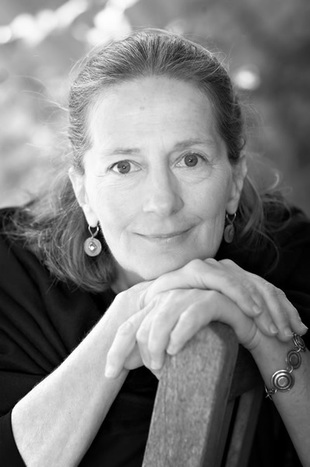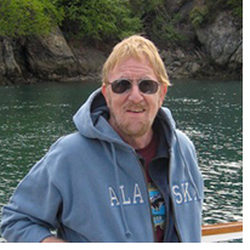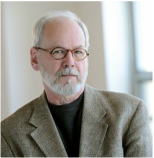AWP 2015, Minneapolis, MN
Confronting Our Fears: Turning Adversity into Art
|
Meredith Hall
Meredith Hall’s memoir, Without a Map, was a New York Times bestseller. She received the $50,000 Gift of Freedom literary award from A Room of Her Own Foundation, and a Pushcart Prize. Her work has appeared in The New York Times, Southern Review, Kenyon Review, Fourth Genre, and many other journals and anthologies. She has just completed her first novel, The Senters. Meredith is Emeritus Professor in the MFA program at UNH. http://meredithhall.org/
|
Meredith Hall
|




